What is the link between large-scale environmental destruction and a relatively insignificant gas?
The answer lies at the intersection of climate change, the renewables lobby, and a pile of incredible assumptions. Welcome to the fairy-tale land of green hydrogen – where the environment is sacrificed in real-time to appease ethereal models of the future.
State and federal governments are rushing to offer up taxpayer funds to see green hydrogen replace coal, oil, and gas in industries such as power generation, steel making, and transport. However, extracting hydrogen gas from water by electrolysis consumes huge amounts of electricity.
Producing the enormous quantities of ‘green’ hydrogen proposed by Alan Finkel and Twiggy Forrest would require astronomical amounts of wind and solar power. The corresponding construction of massive quantities of wind turbines, solar panels, and transmission lines will create major environmental impacts.
In its draft 2022 Integrated System Plan (ISP), the Australian Energy Market Operator (AEMO) predicts Australia’s wind and solar capacity needs to increase nine-fold to replace retiring coal-fired generators and meet demand from electric vehicles. Yet, that figure would be dwarfed by the extra capacity required to support green hydrogen.
The sheer scale of the wind and solar capacity necessary to produce meaningful quantities of hydrogen is mind-boggling.
Twiggy’s desire to produce 15,000,000 tonnes of hydrogen per annum would require 750 TWh of electricity – almost three-fold the entire electricity production of the eastern states. To supply this from wind and solar, as he seeks to do, would see 3,000 new wind and solar sites with an average of 100 MW capacity spread from Gippsland to Weipa, linked by a massive expansion of transmission lines.
Even more insane figures can be found in AEMO’s hydrogen scenario, with nearly forty times existing wind and solar capacity and associated transmission expansion to support it. The plan is for Australia to destroy vast tracts of land by covering it in wind turbines, solar panels, and transmission lines in order to make a product without a market!
The ABC recently covered the environmental damage from the growth of renewables to date. A typical wind turbine base requires 450-650 cubic metres of concrete and 100 tonnes of steel – this cannot be removed or reused. One-third of Australia’s ten million homes have solar panels – mostly low-value waste. Almost nobody is talking about land use, or recycling, or what happens as the first generation of ‘renewables’ reach their use-by-date. Green hydrogen multiples these issues exponentially.
AEMO justifies a massive transmission build with the following procedure:
- Predict a huge future electricity demand from hydrogen
- Assume it is supplied by wind and solar
- Assign a likelihood by consulting industry ‘stakeholders’
- Bias their cost-benefit-analysis using this likelihood
- Hey presto, massive transmission build is the ‘optimum development path’
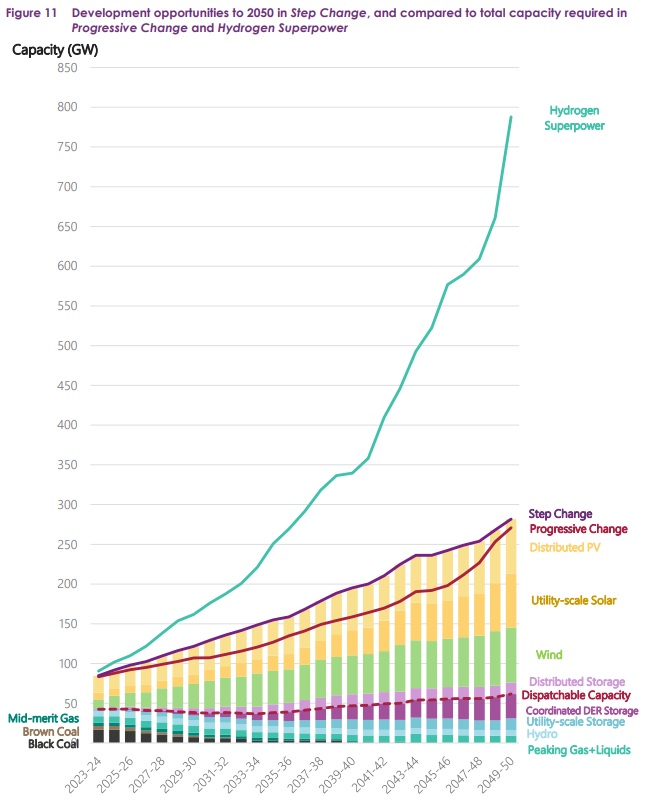
Source: AEMO 2022 Draft Integrated System Plan
The media is missing in action on several important questions underpinning green hydrogen:
Who pays for the massive expansion of transmission? How are vast amounts of wind turbines and solar panels dealt with at the end of their short life? What are the environmental consequences, and what happens to our electricity market? Where are the huge quantities of wind turbines and solar panels manufactured and where is the market for green hydrogen?
The numbers don’t add up, either for efficient supply or for the environment.
Ben is an electrical engineer in the power and natural gas sector, more than mildly concerned with the irrational claims being made about green hydrogen.
Got something to add? Join the discussion and comment below.
Get 10 issues for just $10
Subscribe to The Spectator Australia today for the next 10 magazine issues, plus full online access, for just $10.

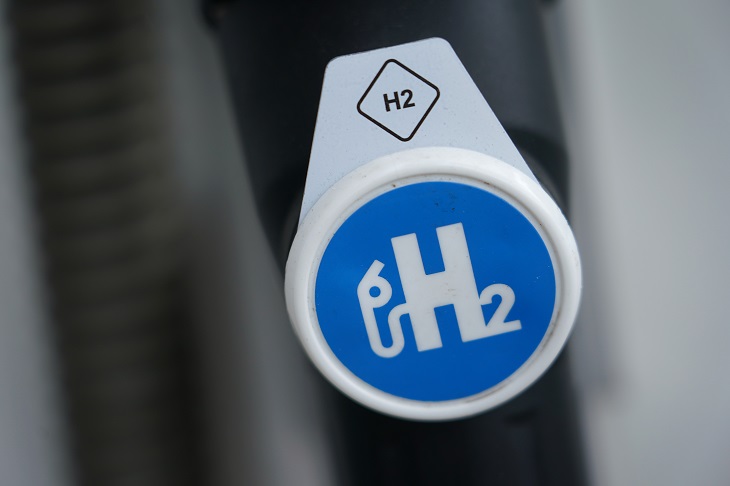
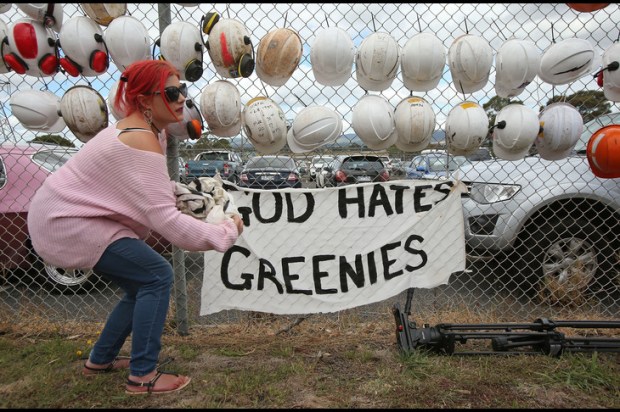
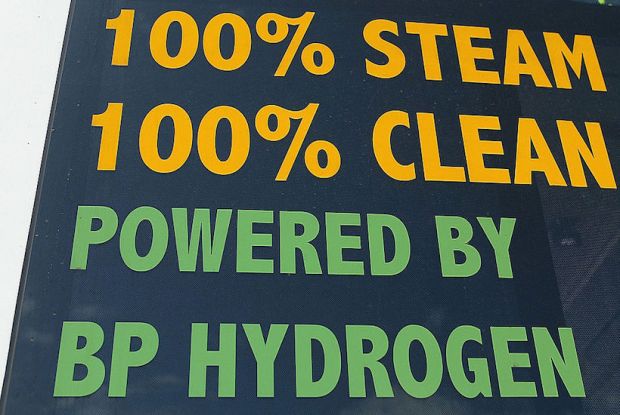
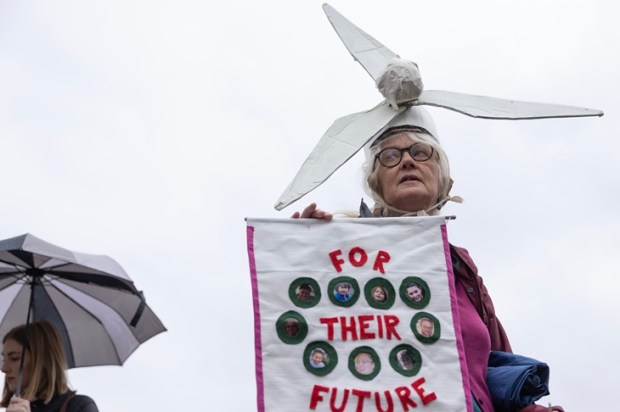




















Comments
Don't miss out
Join the conversation with other Spectator Australia readers. Subscribe to leave a comment.
SUBSCRIBEAlready a subscriber? Log in